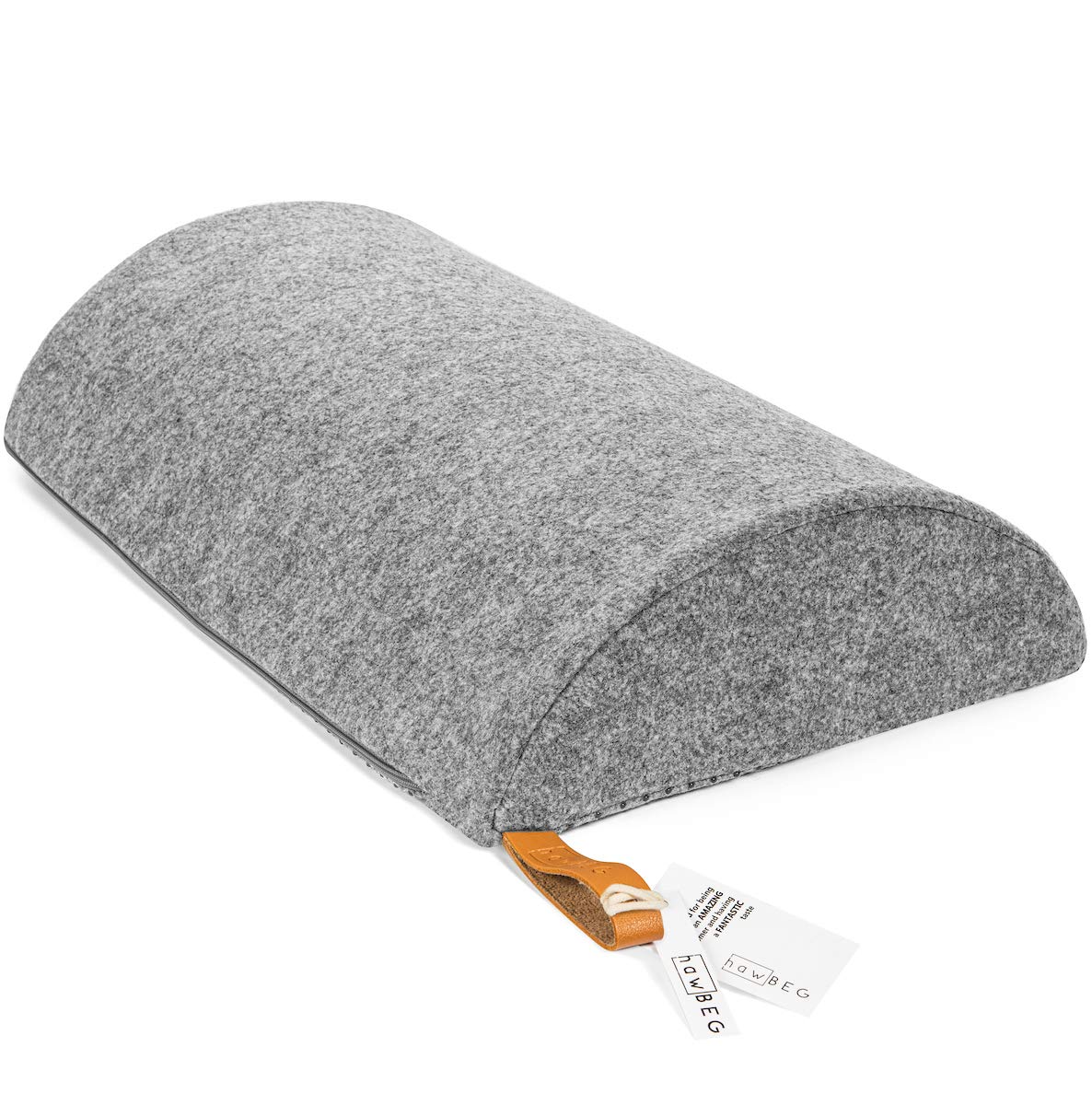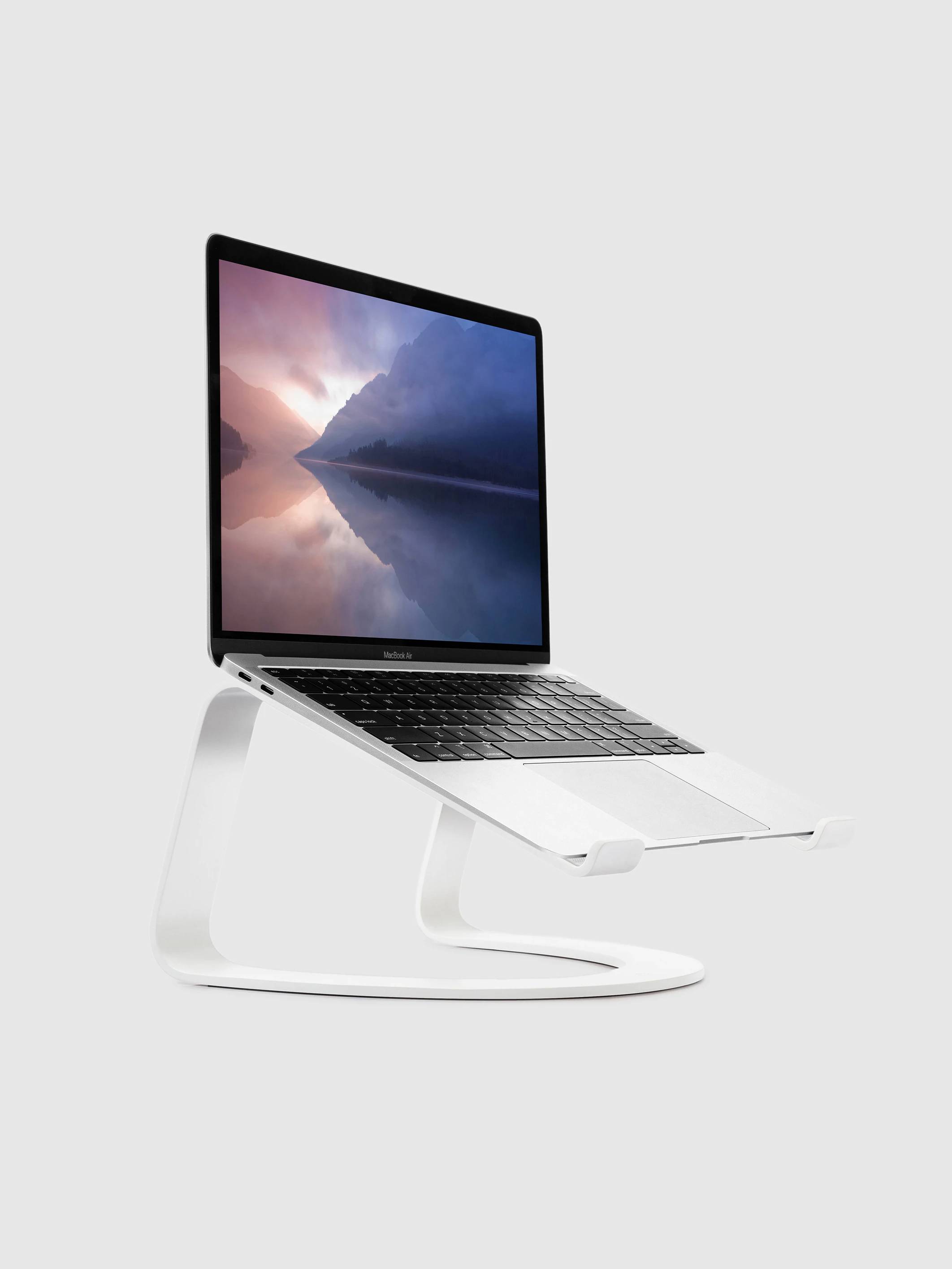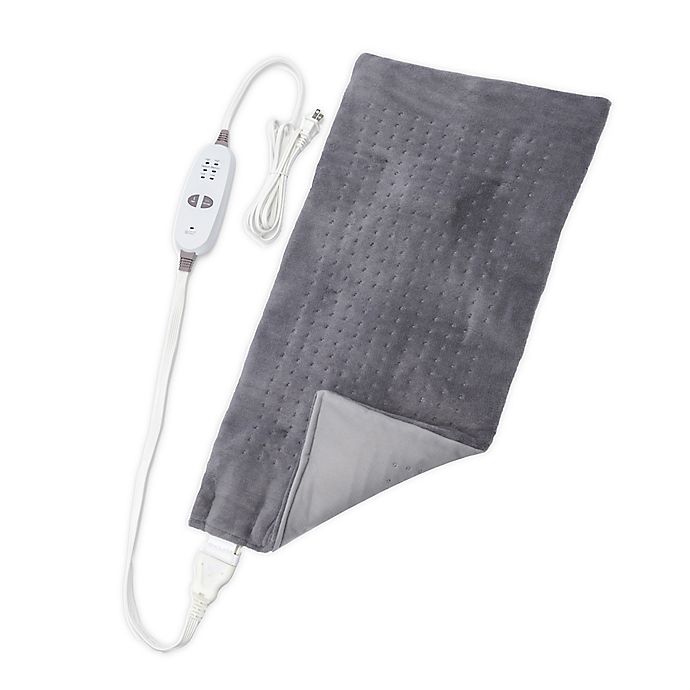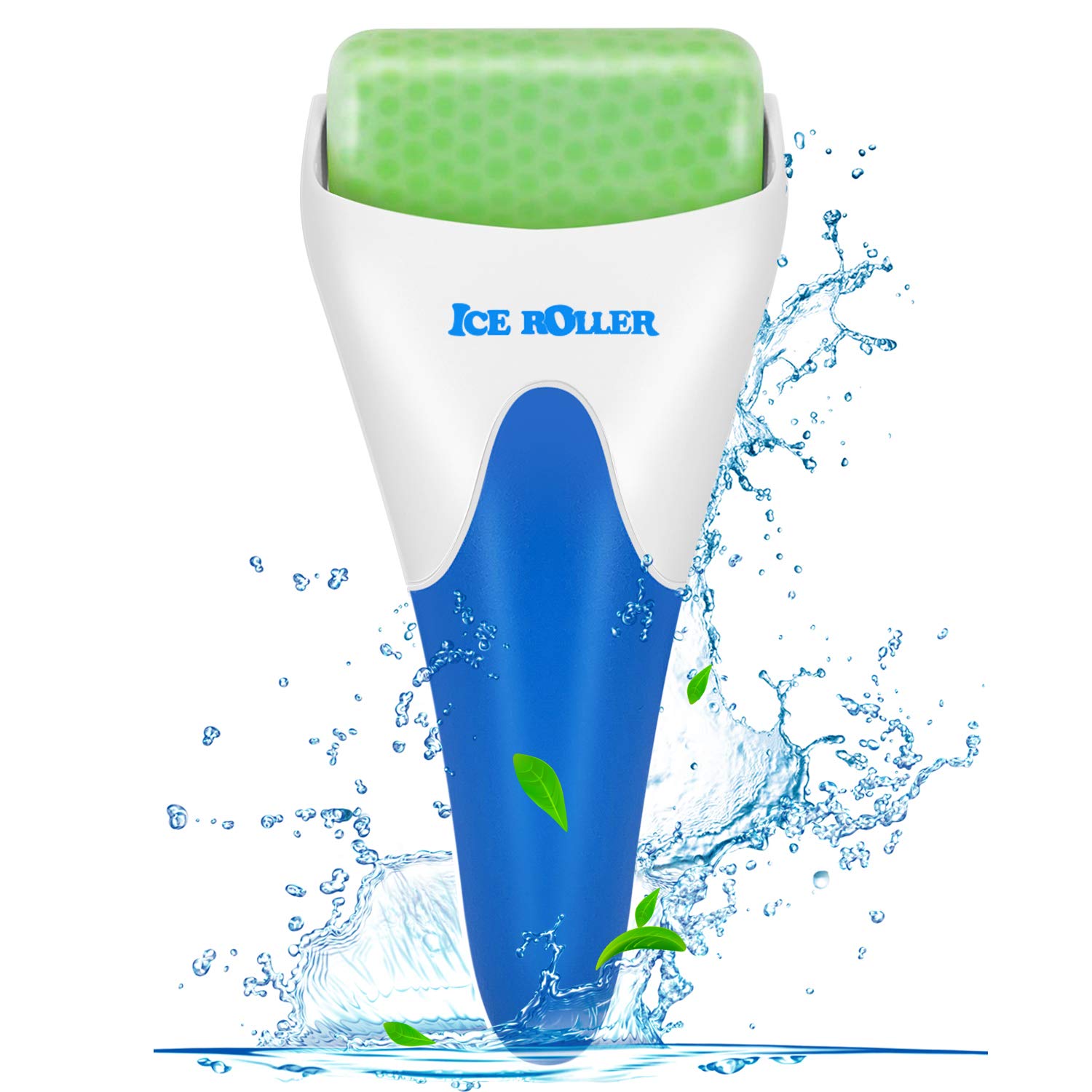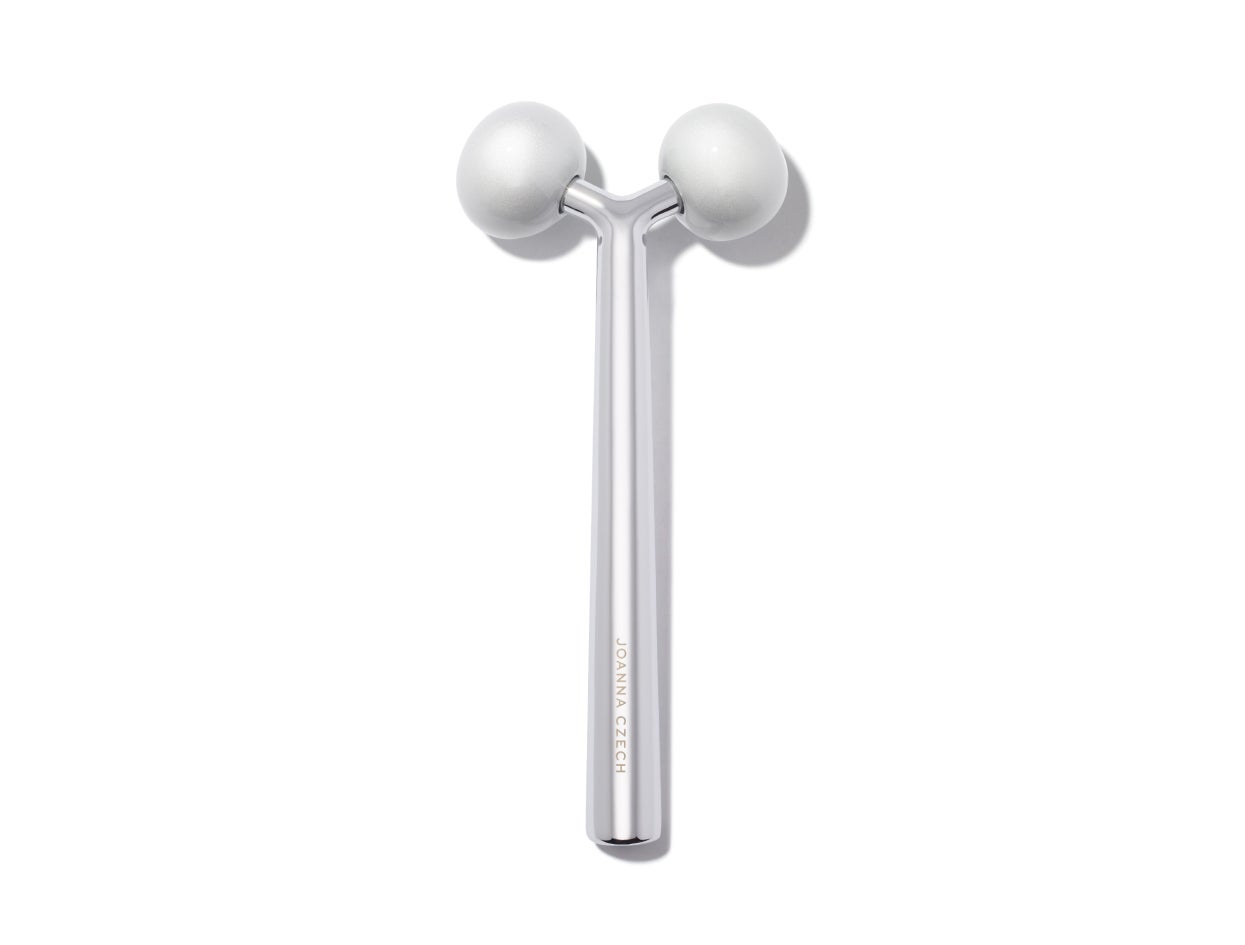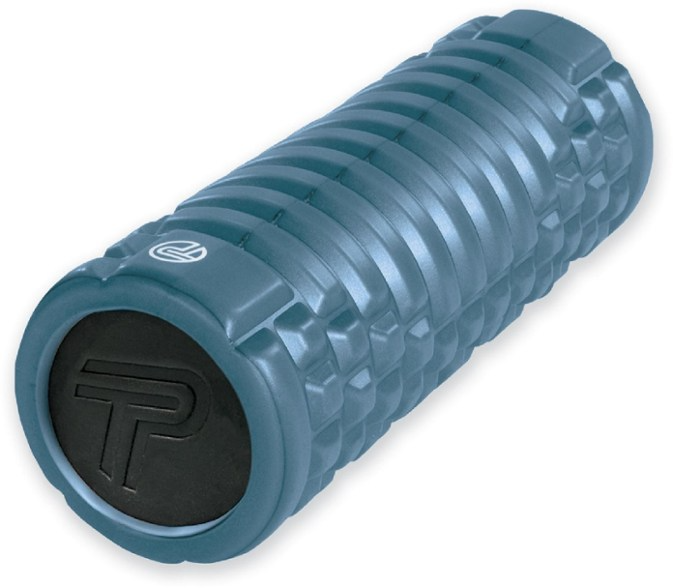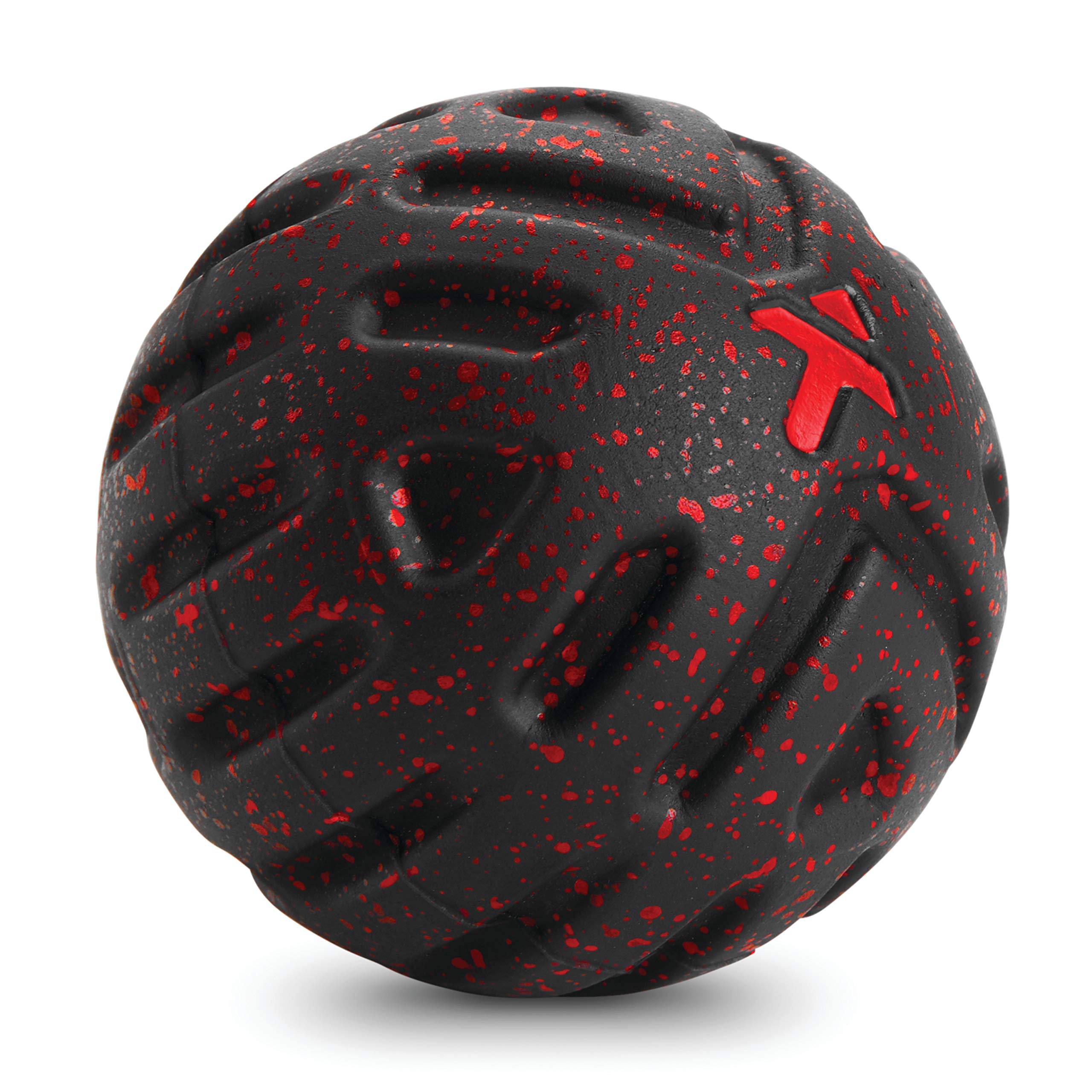About one full year into quarantine my body had reached its final WFH straw. I woke up one morning, after a particularly
restless night of sleep, with
pain in my shoulder that radiated down my arm and up into my jaw. Having suffered from a pinched nerve in the past, I figured this was something more minor that would clear up in a few days — but, this ended up not being the case. After suffering in silence for a week, I finally talked through the symptoms with my co-workers and got the nudge I needed to seek medical advice. I consulted my angel chiropractor,
Dr. Megan Hondru, and discovered on the journey to recovery that I wasn't the only one experiencing acute physical discomfort.
Dr. Hondru told me that she's seen an increase in patients with similar symptoms over the past year — which she attributes to both an increase in emotional stress and a decrease in
physical activity. "When we have too much emotional stress (or any other kind of stress like physical or chemical) we store it in our bodies as a subluxation or misalignment, stiffness, and inflammation in our spine and nervous system," she explained while adding that, "working from home has created a lot of physical stress for people. There is less activity throughout the day without a commute, popping out for lunch, or walking over to a coworker's desk to talk something over." For many, like myself, working remotely has also resulted in a less than effective
at-home workspace where
ergonomic support isn't properly accounted for. To help cure current and prevent future discomfort, I took Dr. Hondru's expert advice for taking better care of my WFH body and combined it with helpful products and practices. Below, discover my full routine towards a more blissful pain-free existence.








